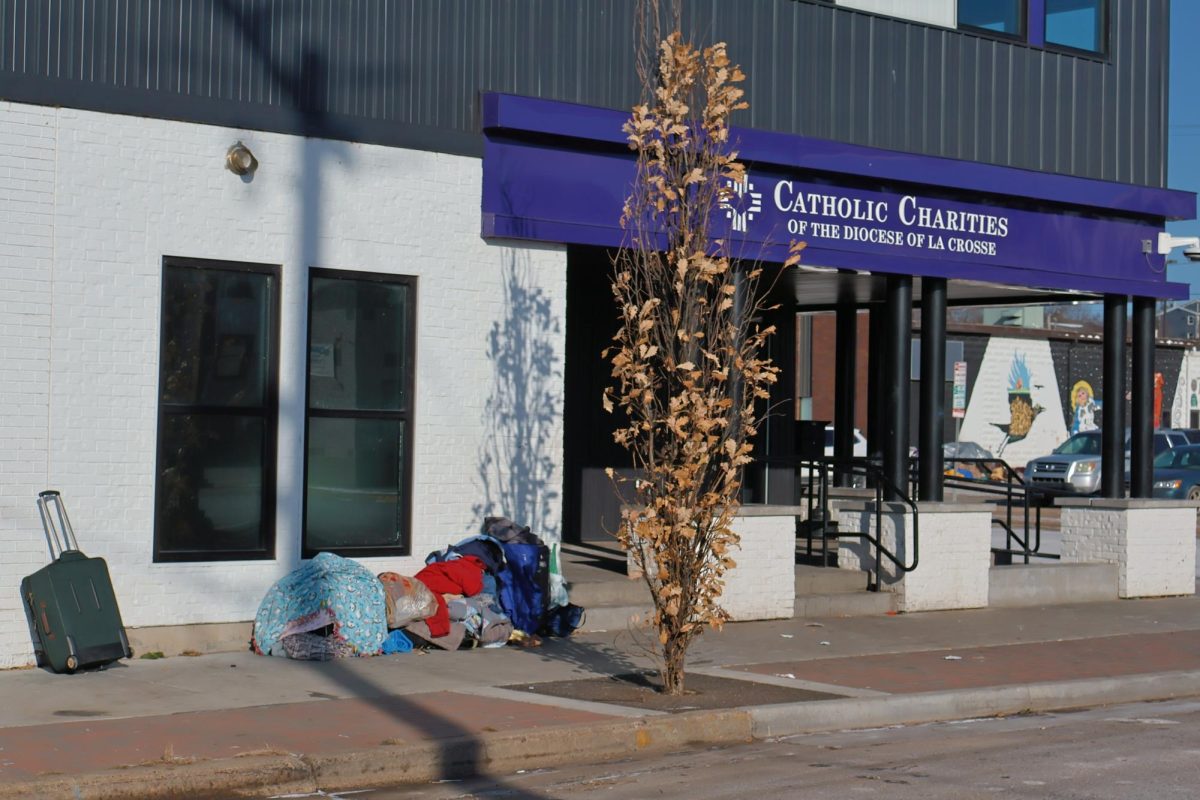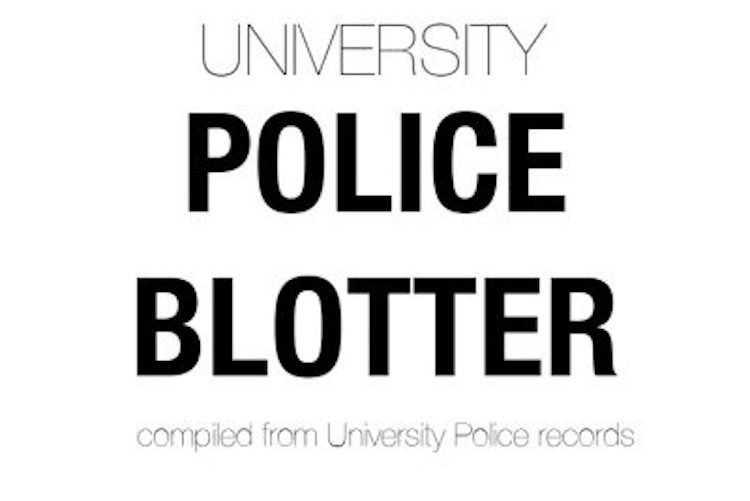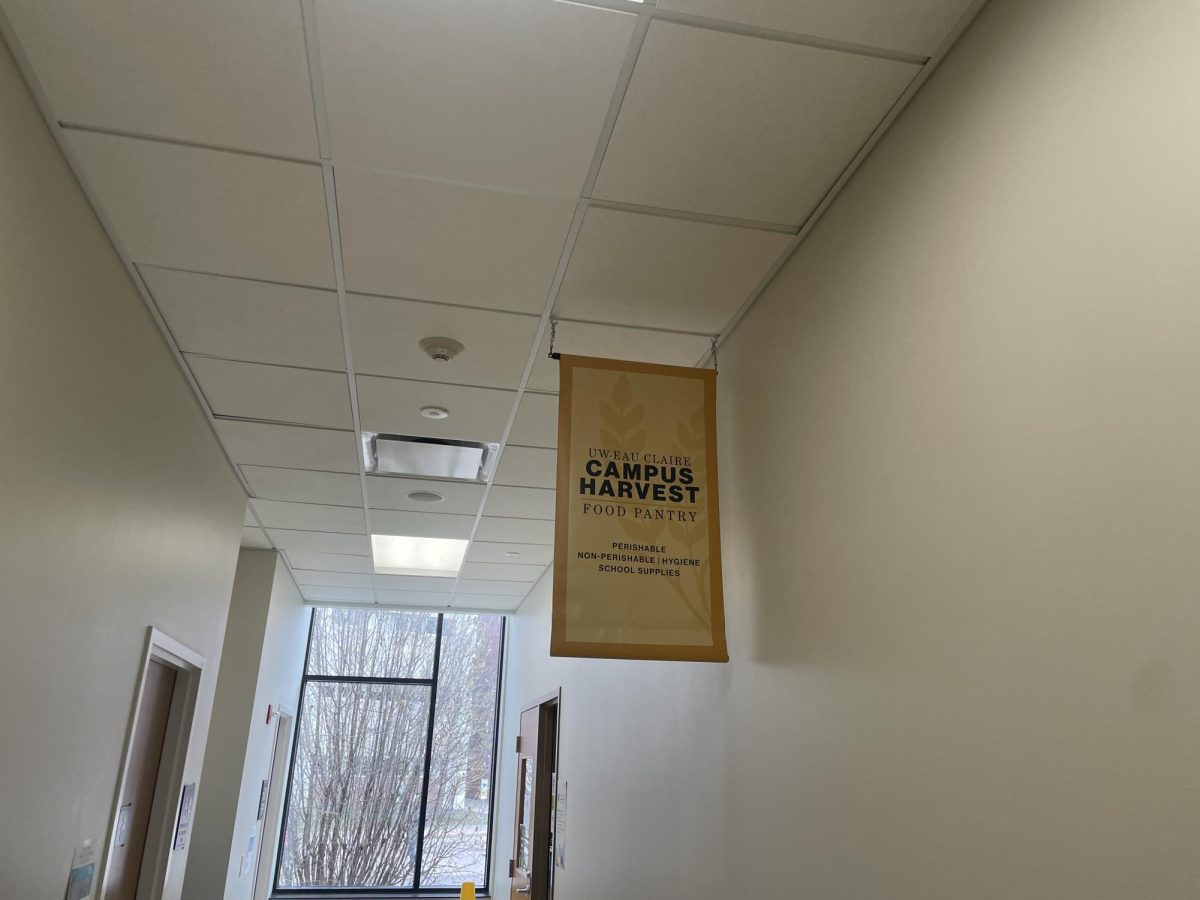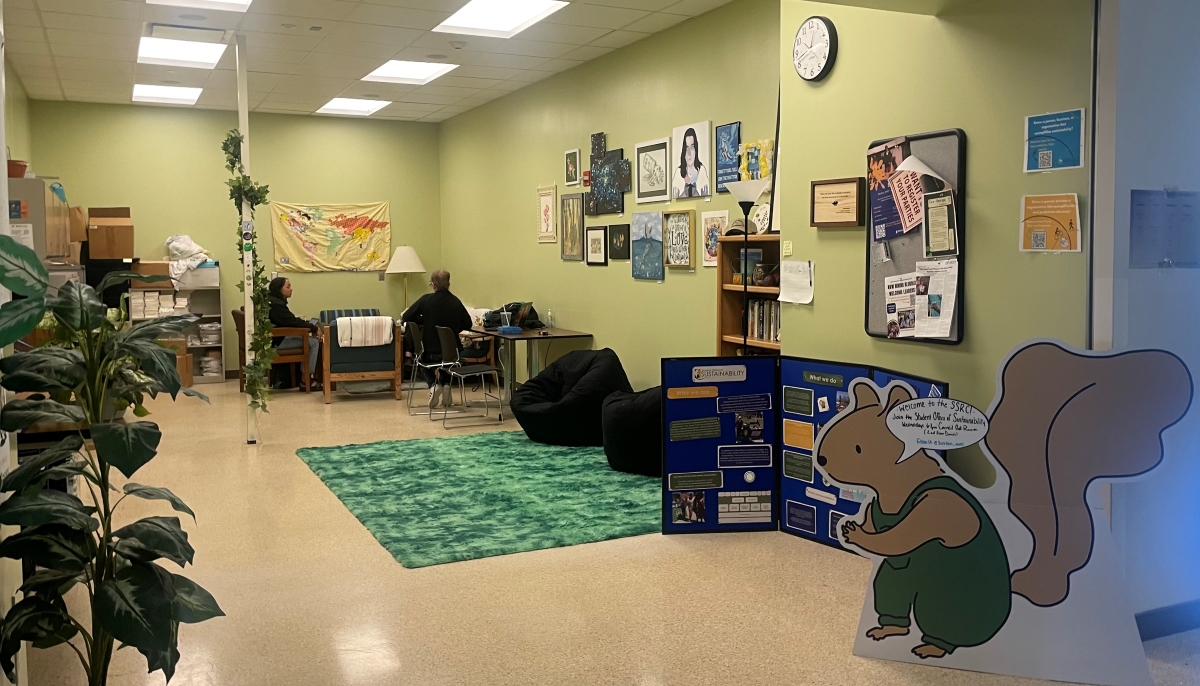For a little extra money, students may pick up jobs or be extra thrifty. But some students have found they can earn money simply by donating a little bit of their time … and plasma.
According to the BioLife website, plasma makes up about 57 percent of your blood and is easily remade. The process of giving plasma is called plasmapheresis.
Plasmapheresis is the removal of whole blood from the body, then sorted into two groups: blood and plasma. After the sorting, the blood is returned to the donor.
According to the BioLife website, donating plasma is a very safe, low risk procedure with little to no side effects.
Blaise Thompson, a senior at UW-Eau Claire who has donated at BioLife, said that the process is quick and simple.
“Depending on if you eat enough protein and drink enough water, you can be there from as little as 30 minutes to usually an upwards of 50 minutes,” Thompson said.
If you are a new donor, according to the BioLife website, the process may take up to two hours, and a person’s first donation is not considered for use until the donor returns six months later and passes more screening successfully. This is a way for BioLife to make sure the donor and the people benefiting from the plasma are going to be safe.
To donate plasma, a person must be at least 110 pounds, 18 years old and pass all other medical examinations.
If a person passes these regulations, they have the option to donate up to twice a week, or in a seven day period, with at least one day in between donations, according to the BioLife website.
The plasma that is collected is used to help people with life-threatening disorders, such as hemophilia, immune system deficiencies, and those who are suffering from shock and burns, according to the BioLife website.
For time and the willingness to give, BioLife will compensate donors.
Junior Kelsey Wenning, a frequent donor, said, “The money is convenient, you can get up to $50 bucks a week doing it, but I swear I would do it even without the money … it is in such high demand and so many sick people need it.”
And as for the pain, Wenning said that the process is virtually pain free.
“I would say it is kind of like a gentle shot, they put the needle in and count to three and then it is over … I think I am on the luckier end of things, because there are people who get bruising, but I don’t ever have any trouble with that.”
Wenning also said that the workers are nice and know what they are doing.
“It heals so quickly, and they are really good about it,” Wenning said. “They’re constantly checking, ‘Are you comfortable,’ ‘Is everything OK,’ so they’re really kind.”
For Wenning, donating is just a part of life, and regardless of the compensation, it will always be something she deeply cares about.






